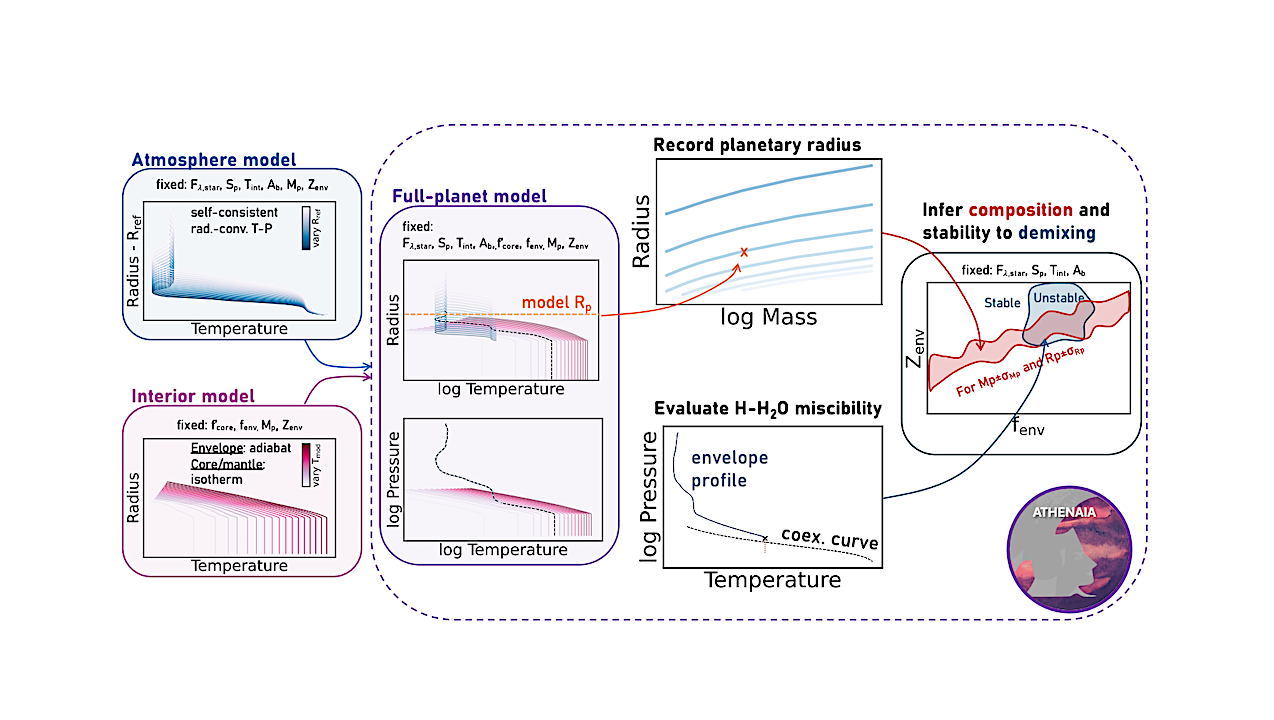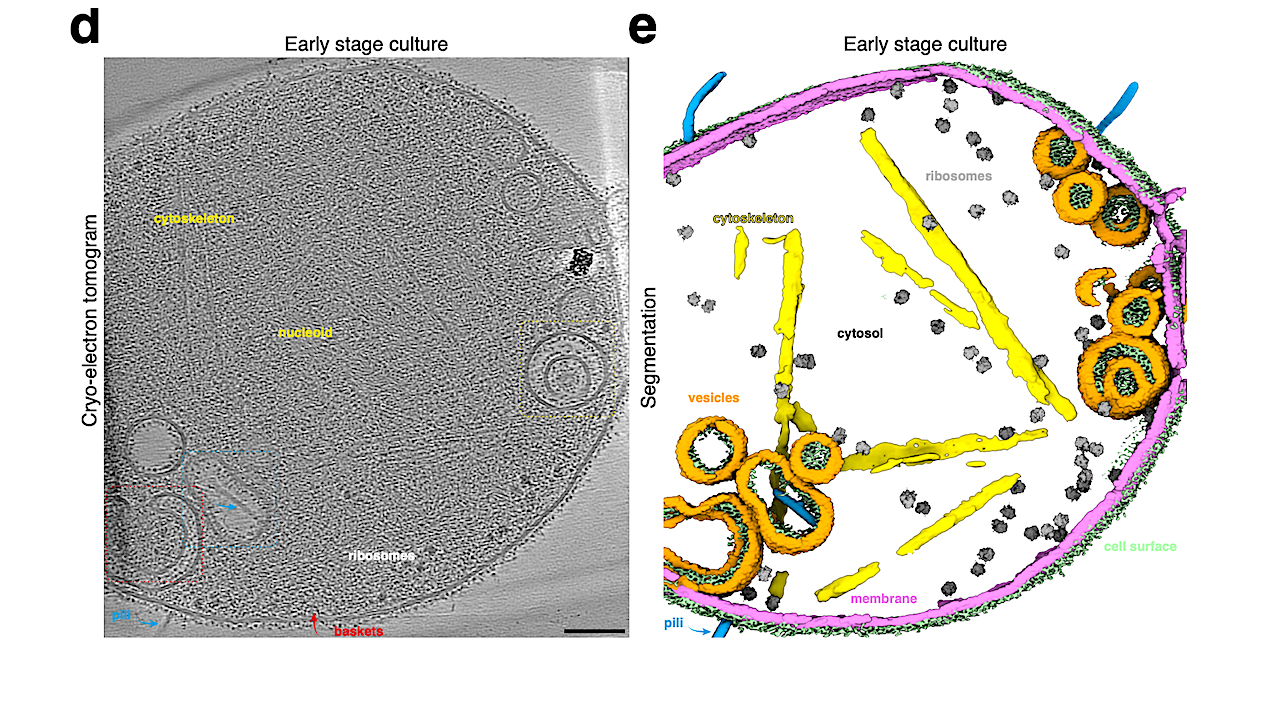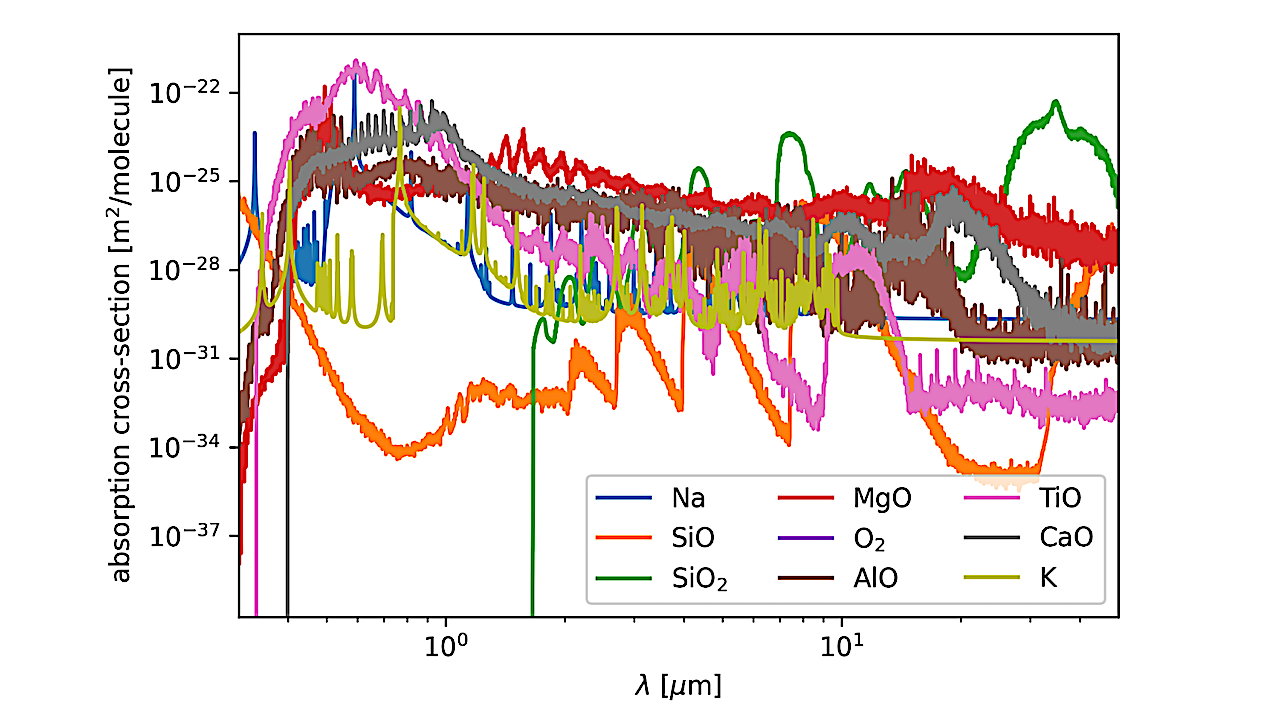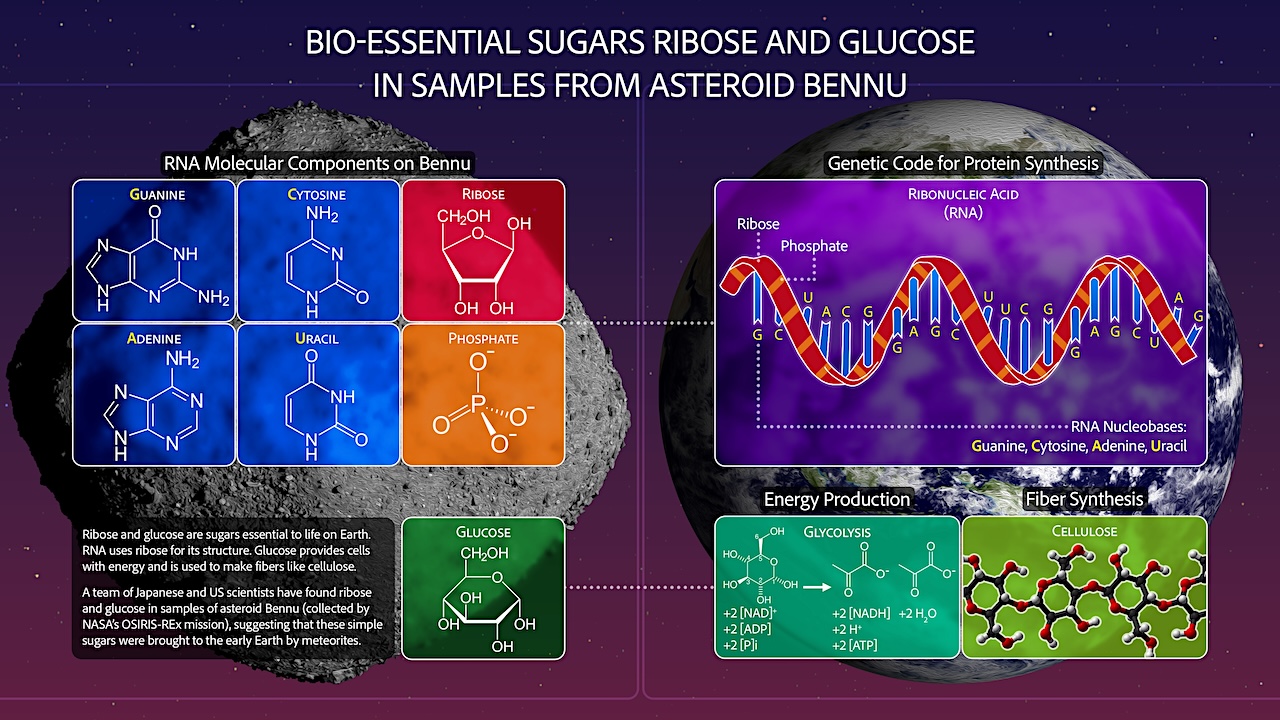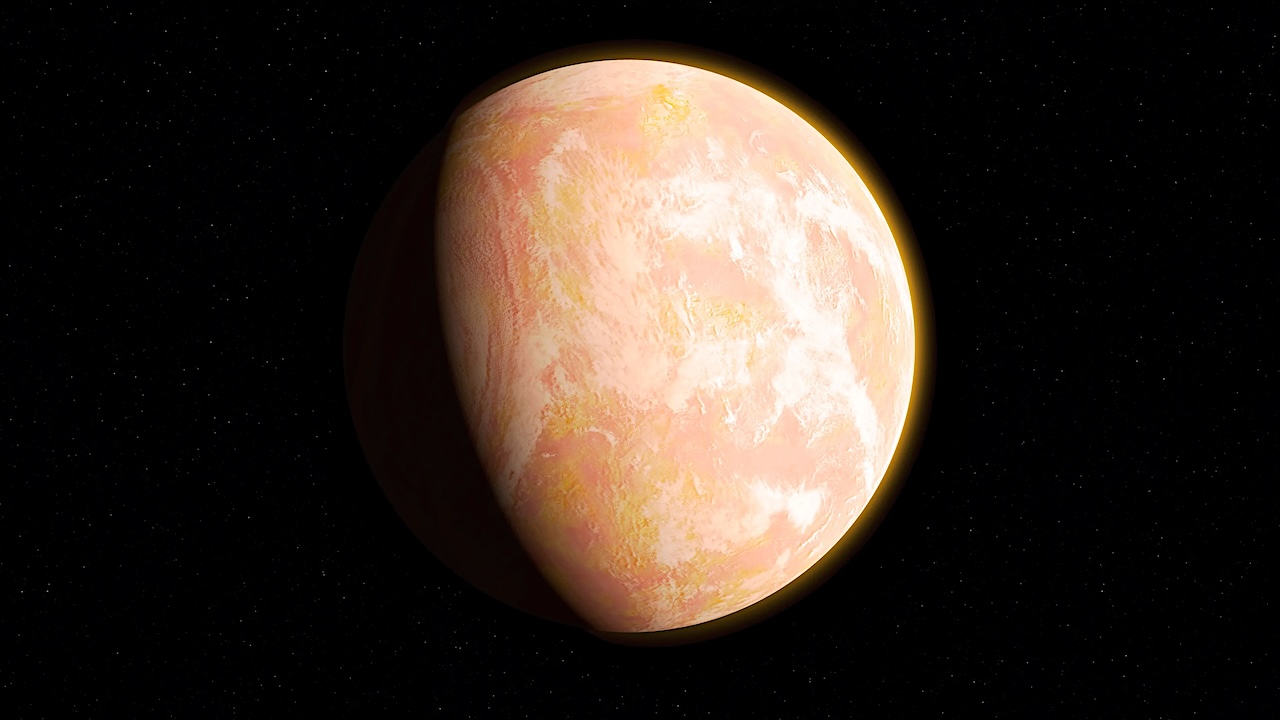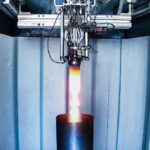Earth and Mars — NASA.gov The Milankovitch cycles of Earth result from gravitational interactions with other bodies in the Solar System. These interactions lead to slow changes in the orbit
Astrobiology5- Page
Illustration of the workflow for the construction of coupled interior-atmosphere models with ATHENAIA. For each composition, atmosphere models are calculated with SCARLET (top left) and interior models following the model
An example of a simulated spectrum for a Proterozoic Earth–like planet, in which no single feature dominates but absorption from numerous molecules is visible, including O2 and O3. The N2O
(d) Cryo-ET slice through a cell body of early-log phase Ca. Y. umbracryptum with multiple intracellular vesicles. Scale bar: 100 nm. (e) Semantic segmentation of the tomogram shown in panel
A Science Strategy For The Human Exploration of Mars December 9, 2025 12:00 PM – 1:30 PM (ET) Register https://www.nationalacademies.org/projects/DEPS-SSB-23-02/event/46072 When astronauts set foot on Mars, it will be one
Antarctic Search for Meteorites Program (ANSMET) Antarctic Meteorite Newsletter – Volume 48 No. 2 November 2025 ANSMET is sorry to report that we’ve been cancelled for the 2025-26 field season-
Absorption cross-section per molecule extracted from the ExoMol database. For this plot, we set the temperature to 2800 K and pressure to 7.7 kPa as thermal and pressure broadening parameters.
A team of Japanese and US scientists have discovered the bio-essential sugars ribose and glucose in samples of asteroid Bennu that were collected by NASA’s OSIRIS-REx mission. This finding builds
When haze built up in the atmosphere of Archean Earth, the young planet might have looked like this artist’s interpretation – a pale orange dot. Credits: NASA’s Goddard Space Flight
Researchers from NASA’s Jet Propulsion Laboratory in Southern California monitor a research drone in the Dumont Dunes area of the Mojave Desert in September as part of a test campaign
-
 012024 in Review: Highlights from NASA in Silicon Valley
012024 in Review: Highlights from NASA in Silicon Valley -
 02Panasonic Leica Summilux DG 15mm f/1.7 ASPH review
02Panasonic Leica Summilux DG 15mm f/1.7 ASPH review -
 03How New NASA, India Earth Satellite NISAR Will See Earth
03How New NASA, India Earth Satellite NISAR Will See Earth -
 04From Polymerization-Enabled Folding and Assembly to Chemical Evolution: Key Processes for Emergence of Functional Polymers in the Origin of Life
04From Polymerization-Enabled Folding and Assembly to Chemical Evolution: Key Processes for Emergence of Functional Polymers in the Origin of Life -
 05And Thus Begins A New Year For Life On Earth
05And Thus Begins A New Year For Life On Earth -
 06Astronomy Activation Ambassadors: A New Era
06Astronomy Activation Ambassadors: A New Era -
07SpaceX launch surge helps set new global launch record in 2024



